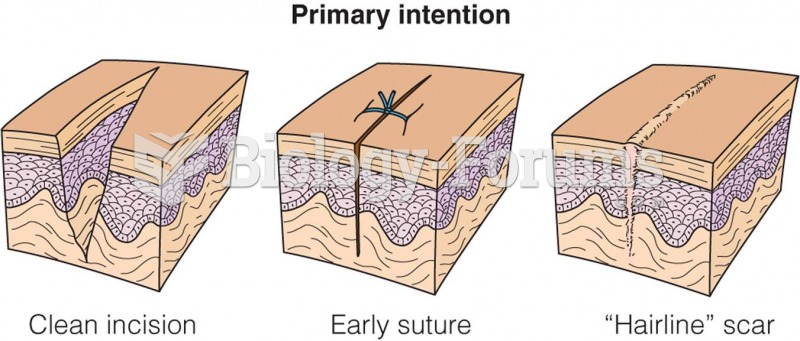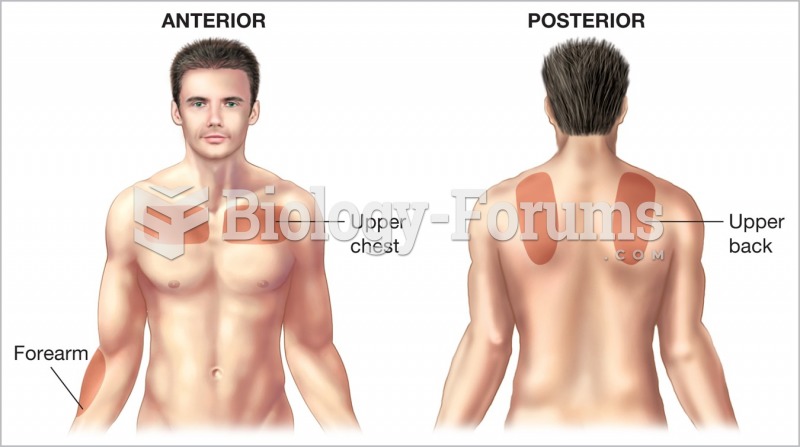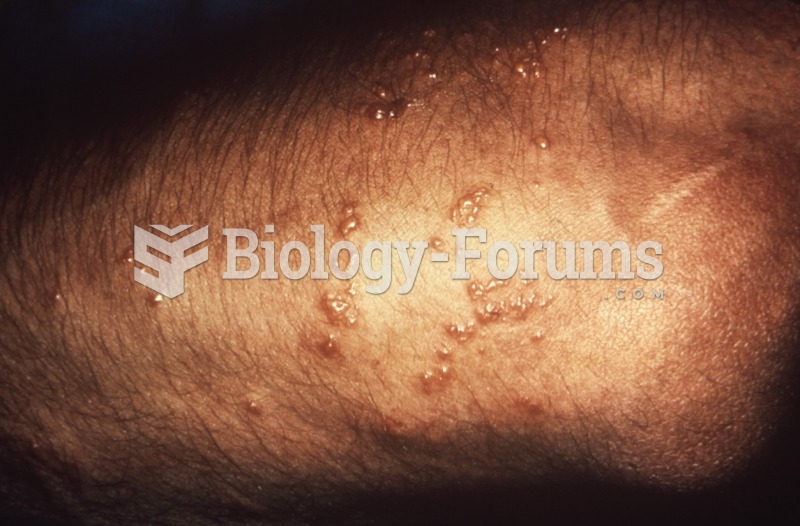|
|
|
The people with the highest levels of LDL are Mexican American males and non-Hispanic black females.
There are actually 60 minerals, 16 vitamins, 12 essential amino acids, and three essential fatty acids that your body needs every day.
Approximately one in four people diagnosed with diabetes will develop foot problems. Of these, about one-third will require lower extremity amputation.
Immunoglobulin injections may give short-term protection against, or reduce severity of certain diseases. They help people who have an inherited problem making their own antibodies, or those who are having certain types of cancer treatments.
Cancer has been around as long as humankind, but only in the second half of the twentieth century did the number of cancer cases explode.






